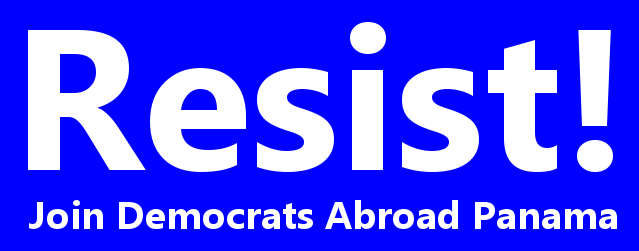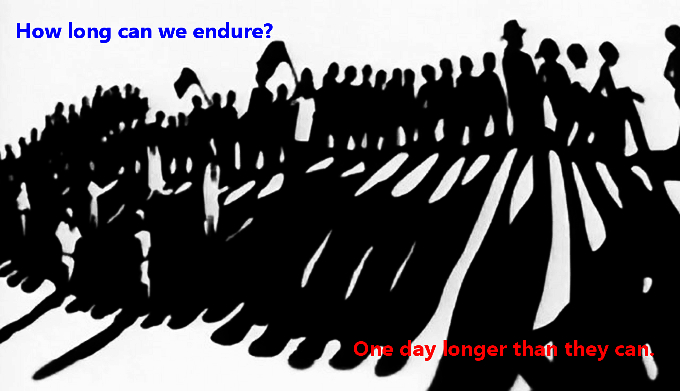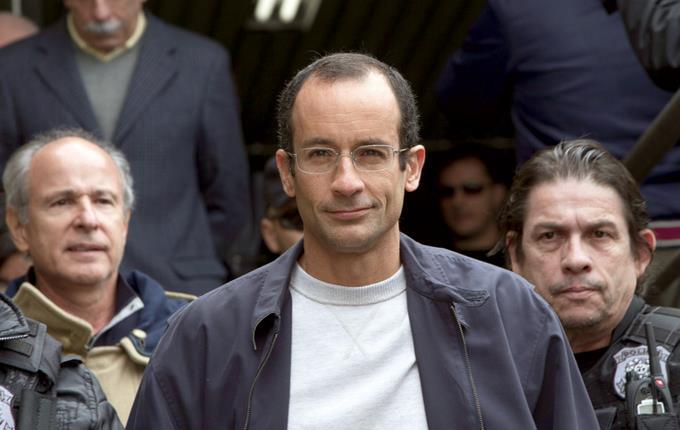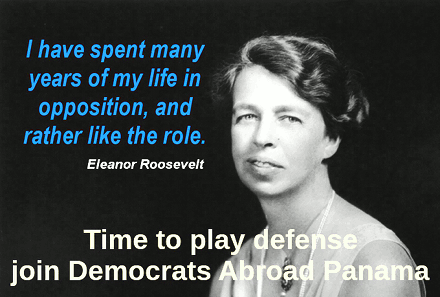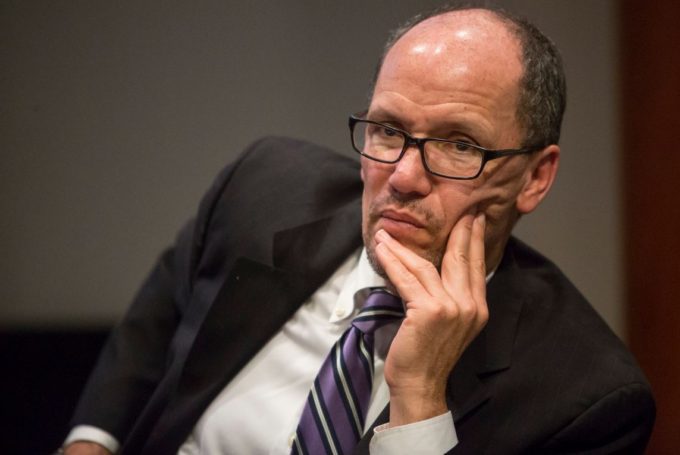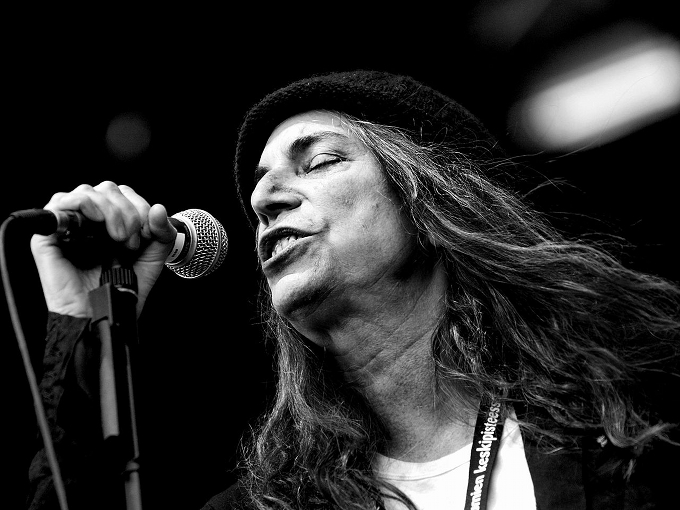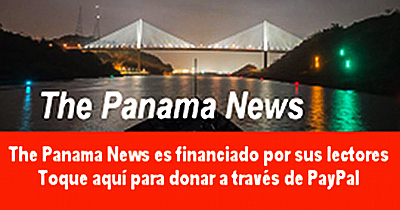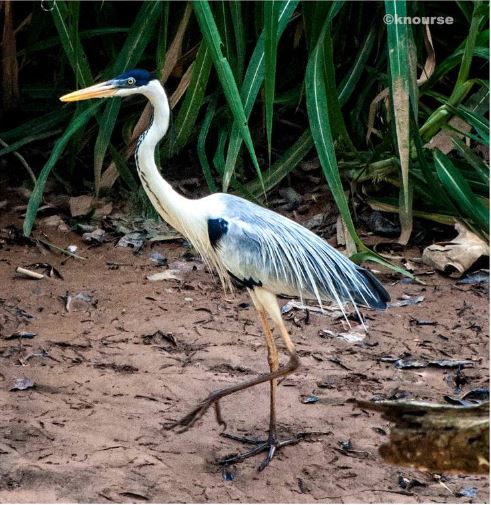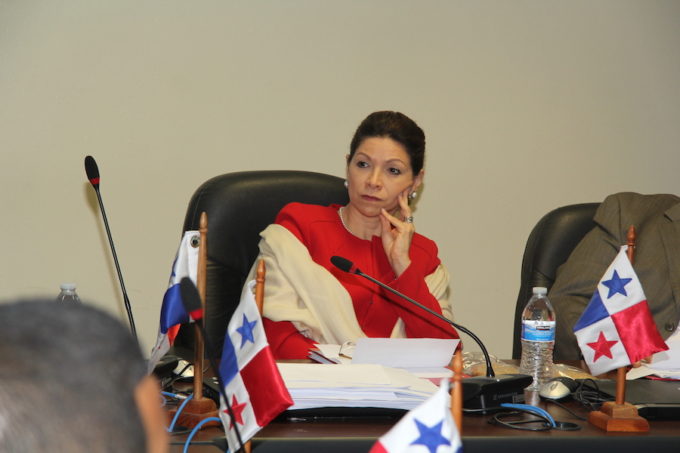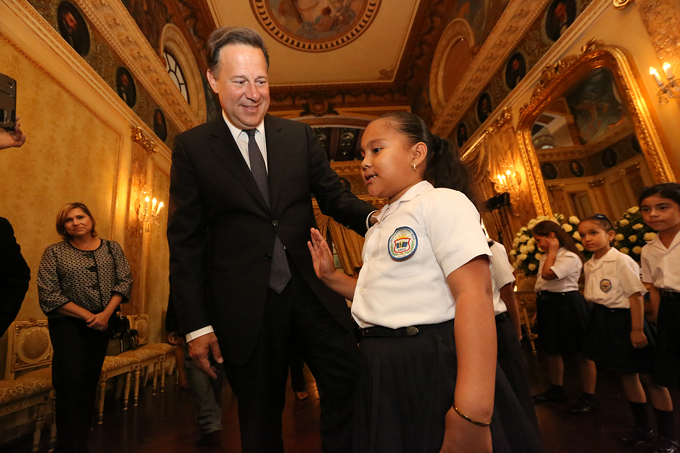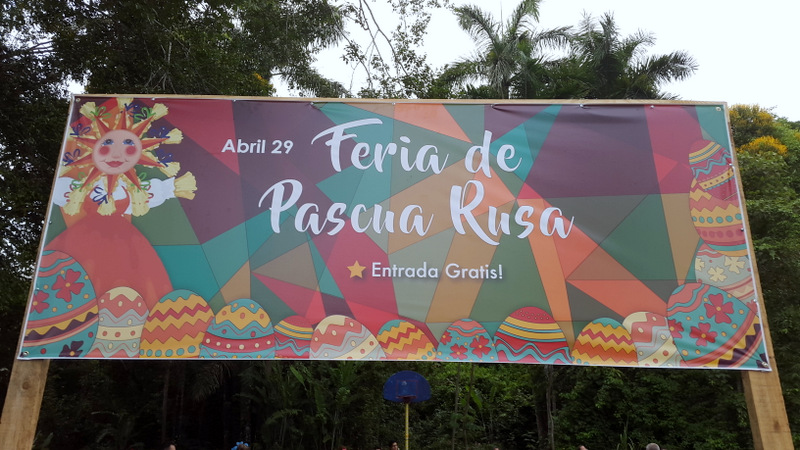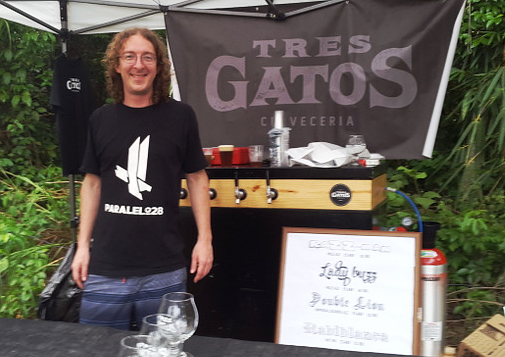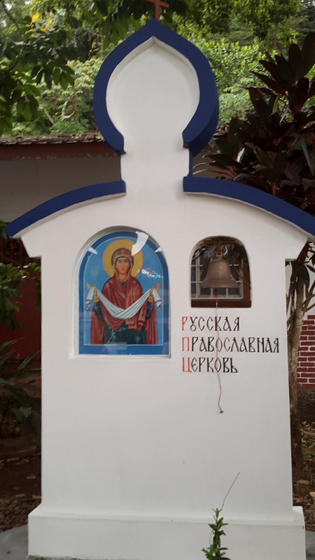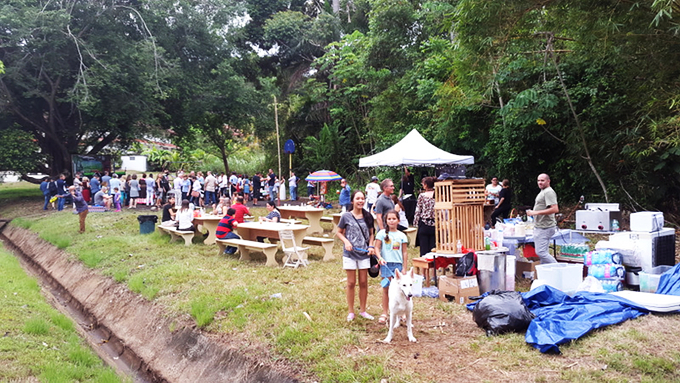
The SoulFire Project — Musicians for Humanity
by Geordie Seed
They’ve been called gypsies, vagabonds and nomads. Personally, I don’t like the generalized undertone given to such terms. Simply put, these are wonderful people. The SoulFire Project’s energy is so infectious that fans follow them from town-to-town and venue-to-venue like groupies. I have become one of those people. Their music is fun, uplifting, diverse and well orchestrated – you can’t help but dance and sing along. The audience ranges from teenagers to seniors, each appreciating something in what they are seeing and hearing. Every performance is like a natural high and I, like many others, simply can’t get enough!
After seeing The SoulFire Project perform in Boquete, Panama for the second time, I felt compelled to know more about this unique collection of people, and approached lead singer and founder, Cooper Morgan. I was immediately struck by his graciousness towards me — a stranger. I could feel then that these people were special. I told him that I’d done some research on their band after their first performance and was quite taken by the power of their message. They are a selfless group who not only want what’s best for planet earth, but also those less fortunate. Since they’re about educating the world, I felt compelled to tell their story to create more awareness. Cooper agreed to give me all the time I needed and invited me to their bus community for a chat.
Parked on the outskirts of town, tucked away in a farmer’s field is where I found Cooper, his band mates (who include his mother) and their bus. This isn’t your ordinary bus — it’s one that has been re-engineered by Cooper and friends to run on recycled vegetable oil and solar power. When possible the crew captures rainwater for drinking and washing and wherever they camp they set up a composting toilet. All kitchen scraps are composted so they can be used as fertilizer. Basically, they walk-the-walk and talk-the-talk.
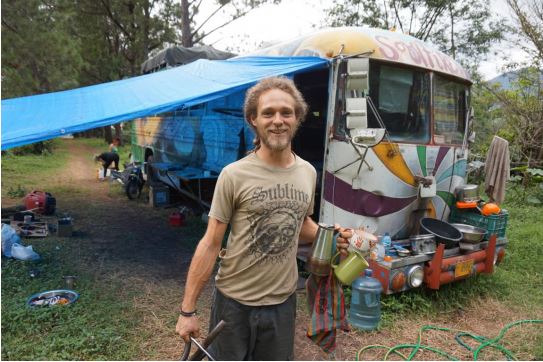
Our discussion wasn’t about regurgitating the information currently in circulation about The SoulFire Project — I was more interested in communicating to the public about what these people are doing to enrich the lives of others. Rather than bombard Cooper with generic questions, I asked him to simply share what is most near and dear to their hearts. This is what he had to say. “What is most dear to our hearts is living and traveling in a way that conveys the message about thriving in community. That we live in a way that is as sustainable as possible.
That we help people when we can. Sometimes that’s in small ways, sometimes that’s in big ways. That we can live outside of the system as much as possible, using our impact and influence to create alternative ways and solutions. That there is a different way to live and every little thing we do has an impact.
While it may appear that this lifestyle is fun and carefree, it really is constant work to keep the project sustaining itself/moving forward. It’s always a balancing act between setting up and promoting shows, doing maintenance on the bus, collecting and filtering used vegetable oil, rehearsing, etc., and doing the kinds of projects that make our hearts pound.
The kinds of things we would like to do as projects are things that have a lasting impact. Being able to engage a community and show how doing something as simple as “bottle-bricking” can have immediate impact in two ways — cleaning up the garbage in their community, and building something they need built with “bottle bricks” filled with their “garbage”! Building a bicycle-powered water pump in a community where they currently use a gas-powered pump.
Playing shows for communities who don’t have the luxury of coming to a bar/restaurant to hear us play. Having the resources to do these projects more regularly is the dream that keeps us going.” These aren’t words spoken by a man merely trying to promote a band. I could feel the sincerity of his words from deep within, and these words are reinforced through completed projects.
Cooper stated that they wanted to be involved in projects that have a lasting impact. One such example involves generating electricity for a farming family of ten. Three years ago, The SoulFire Project was in Boquete for a series of performances. They needed a place to park their bus, so they struck a deal with the farming family, who to this day allows them to park in the spot where we conducted our interview.
It was during this stay that the band was invited to the farm house. The first thing they noticed was that the eight children had to do their homework by candle light. For many of us, it’s hard to believe that in this day and age a family was living without electricity. The band surveyed the property and felt they could tap into a natural water source. With the aid of a $20 bike dynamo (a mechanism used to drive the water wheel), a wheel found in a recycle yard, $6 in various PVC fittings and nozzles, and the purchase of four LED lights, a natural power source was created. It’s important to note that all the funding for this initiative came from the band. They barely make enough money to sustain themselves, yet they’re selfless enough to spend money on families in need. When Cooper described the exuberant expressions on the faces of the children experiencing electricity in the house for the first time, it gave me chills.
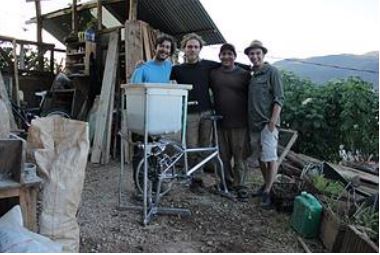
Other SoulFire projects include: building recycling bins for a school using bottles filled with waste materials (known as Bottle Bricking), building a solar oven, teaching children to play music, and educating others on how to adapt their vehicles to run on vegetable oil. By using recycled vegetable oils, generally acquired from restaurants, they’re saving the owners of the restaurants time and money and preventing them from disposing of the oils in an environmentally unfriendly way.
The SoulFire Project creates awareness through their shows, events, fans, club owners, and social media. Three years ago, they created an event called “Somos Más” — English translation, “We Are More.” This event was intended to create awareness and interest and to inspire others to be more sustainable. It’s all about education and we all could be doing more.
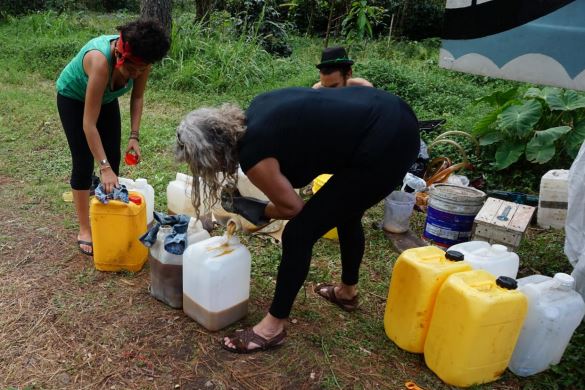
SoulFire played at Big Daddy’s outdoor venue in Boquete, Panama several hours after our interview. It was a night I’ll never forget. The band performed songs in Spanish, Portuguese and English. The venue was packed, the dance floor was vibrating, the band members were smiling and I felt like a teenager once again. With the audience screaming for an encore, the band played the always popular “No Borders.” The title says it all, and it also reinforces the band’s beliefs to live as one.
I caught up with Cooper after the show and he informed me the band would be leaving in two days for Bocas Del Toro, Panama. Since Bocas was on my travel list while in Panama, I booked a trip with the hope we’d cross paths again. During my second night in Bocas, our group took a boat taxi to the popular restaurant “El Ultimo Refugio” (The Last Refuge). As fate would have it, SoulFire was booked as the band for the evening.
On this evening, Cooper wasn’t the lead man. He was playing the box drum to allow room for an aspiring young female vocalist to display her talents. As the night progressed, two more locals joined — one fellow on the saxophone and a female violinist who appeared to be no older than seventeen. They were awesome! There are no egos in this group. It’s always been about, and always will be about helping and supporting others. Cooper said “I want to help more than I am now. It’s a necessity for me to incorporate helping people with my love of music.” Most of the band’s time is spent raising funds simply to survive. Imagine the positive impact if we could create a movement by coming together as a collaborative. For The SoulFire Project, it’s all about spreading the word about community and sustainability. With increased exposure and more contributions, there will be additional funds to assist more families and communities. If this band can live their lives unselfishly, it’s not too much to ask of the fans who enjoy their performances to donate to the cause.
Mahatma Gandhi once said “Don’t look for big things, just do small things with great love. The smaller the thing, the greater must be our love.” Whether you’re a lover of music, dance, people, sustainability, or planet earth, The SoulFire Project is a movement worth getting behind. I hope to see you there.
~ ~ ~
These announcements are interactive. Click on them for more information.



